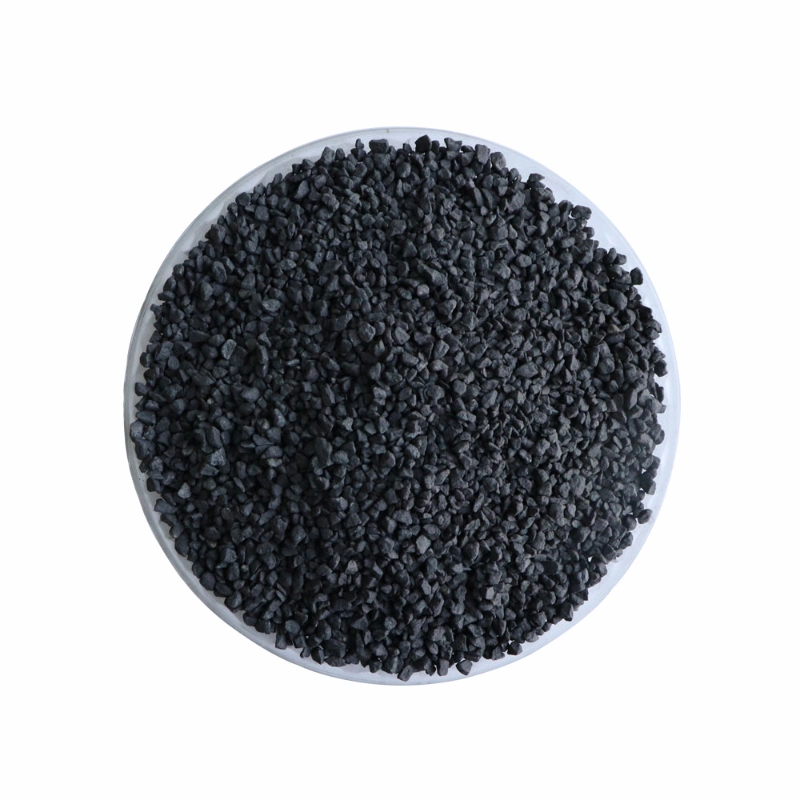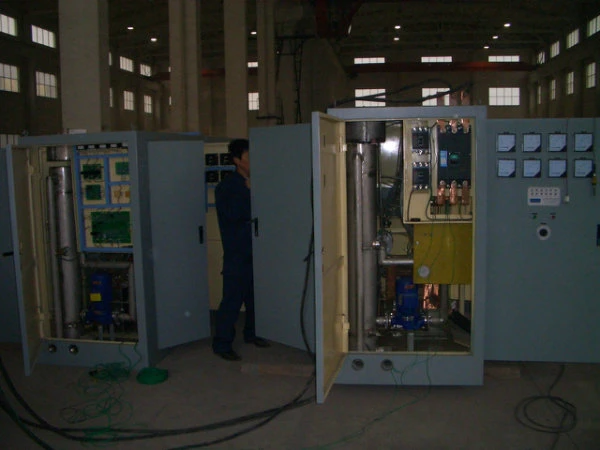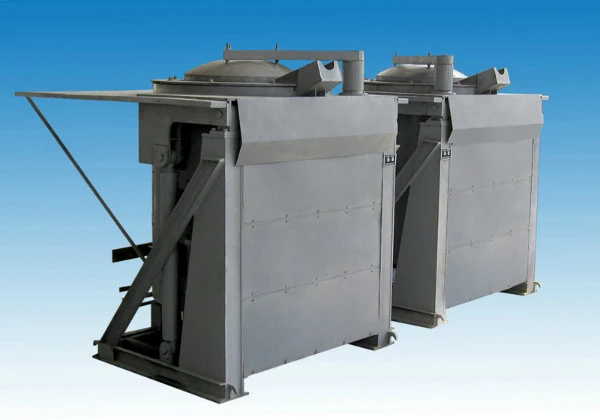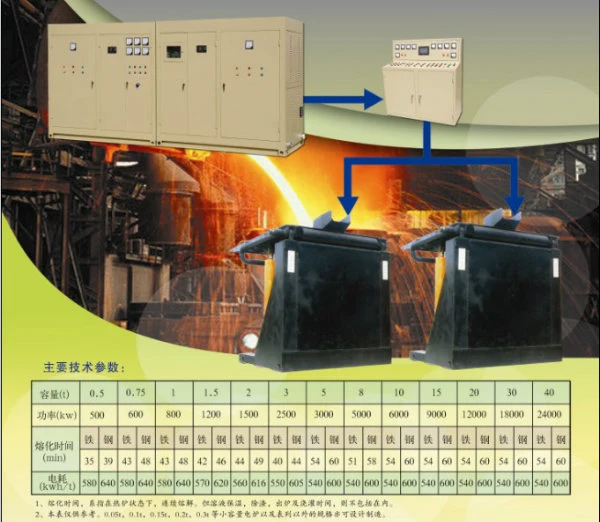

Eaf耐火物Ebtフィラー
パッケージサイズ 600.00cm * 700.00cm * 400.00cm パッケージ総重量 50000.000kg EAF 耐火物 EBT フィラー はじめに: 電気炉タッピングフィラーは、特定の高品質カンラン石砂で作られています。
基本情報
| モデル番号。 | EBTフィラー |
| 形 | 粉 |
| 材料 | アルミナブロック |
| ブランド | セムク |
| 機械 | Eaf耐火物Ebtフィラー |
| 商品名 | Ebt フィラー |
| 輸送パッケージ | 標準 |
| 仕様 | 標準 |
| 商標 | SEMC |
| 起源 | 中国 |
| HSコード | 69022000 |
| 生産能力 | 5000個/日 |
梱包と配送
パッケージサイズ 600.00cm * 700.00cm * 400.00cm パッケージ総重量 50000.000kg製品説明
EAF耐火物EBTフィラー
導入:
電気炉出湯用フィラーは、偏心底電炉出湯用に特化した高耐火性の高品質カンラン石砂を使用しています。 出銑前にEBTフィラーを出銑台に設置すると、溶鋼はフィラーを通って取鍋にスムーズに流れ込みます。 この製品の自動開封率は90%以上です。
利点:
使いやすく、開口率も高い

誘導炉は、鉄くず、鋼くず、銅、アルミニウムなどの鉄金属、非鉄金属、海綿鉄の製錬または絶縁に使用されます。 連続鋳造機、圧延機などの完全な作業設備は、主にビレット、棒鋼、アングル鋼、Hビーム、Iビームなどの生産に使用されます。KGPS、IGBT、単一または二重電源技術、PLCを使用しています( Siemens) はモニタリング全体を通じて実現できます。
主な供給品リスト:電気炉本体 2 セット、油圧または機械式傾斜電気炉機構 2 セット、制御プラットフォーム 1 セット、中間周波制御キャビネット 1 セット(6 パルス 1、12 パルス 2、24 パルス 4)、低電圧制御キャビネット (6 パルス 1、12 パルス 2、24 パルス 4)、コンデンサキャビネット 1 セット、水冷ケーブル 4 または 8 本。 水温警報 1 つ、漏水警報 1 つ; るつぼ型 1 個、液体 1 個、圧力鋼管 1 バッチ、銅列 1 セット、水タンク 3 個。 変圧器、冷却塔、炉ビルダー、炉内ライニングエジェクター、炉カバー。




Version:0.9 StartHTML:0000000105 EndHTML:0000011308 StartFragment:0000000141 EndFragment:0000011268List of 450 heavy scrap crusher Serial number Name Specifications (mm) Qty Remarks 1 Crusher shell 50mm 1 set Q235, plate thickness 50mm 2 Host hammer High manganese steel 1 set 16 pieces, each hammer head 80kg 3 Circular cutter High manganese steel 1 set 16 pieces, 45kg for each round cutter 4 Rotor disc φ1100 1 set Outer wear electrode welding 5 Spindle Diameter 390mm 1 root 6 Sieve plate φ65×100 1 set Steel casting ZG45 7 Motor 220KW 2 sets 8 Starting cabinet Soft start 1 set Control equipment operation 9 Hydraulic pumping station Matching 1 set Unpacking cylinder, movable plate cylinder, Forced feed cylinder 10 Dust removal system Matching 1 set Cyclone dedusting, pulse dedusting 11 Feeding machine 1 set 12 Magnetic separator 1 set 13 Loader heavy conveyor 1400×12000 1 set 14 Discharge belt conveyor 1000×10000 1 set 15 Belt conveyor 1000×8000 1 set 16 Waste belt conveyor 800×6000 1 set 1.Product principle and Application The crushing production line uses the principle of hammering. Under the drive of a high-speedand high-torque motor, the hammers on the host rotor take turns to hit the objects to be crushed in the cavity. Through the space formed between the liner and the hammers, After the crushed object is torn into a crushed object conforming to the specifications, a high-quality crushed material with high purity can be obtained under the action of a magnetic device. This production line is used to process waste car body, tinplate, household appliances, bicycles, empty cans and other lower scraps to make it into a superior steel making raw material. The machine continuously crushes, removes the coating film, increases the specific gravity of the volume, prevents the electric furnace from exploding, and improves the water output rate under certain conditions. 2.Technical conditions 1.1 (1) Ambient temperature: -20 ºC -40 ºC (2) Production staff: 3-5 people (3) Installation method: According to the installation diagram, the technicians guide the installation 1.2 Power supply (1) Three-phase four-wire 380V AC (±10%), 50HZ (±2%) (2) Low-voltage power supply of the equipment: 380v / 50hz; Working lighting power: 220v / 50hz; 3.Processing object 1. Waste car body (excluding engine, reduction gear box, tire, etc.); The 450KW crushing line needs to be broken into squares not larger than 800mm * 800mm when crushing colored steel tiles. 2, Tinplate (cans, etc.) 3. Iron sheet for home appliances (excluding motors, compressors, shafts, etc.) 4. ≤6mm light and thin materials and similar domestic waste 25, Empty cans (wash out thin materials, coatings, etc.), non-sealed cans. Note: After all the processed materials have been preliminarily processed, the shape and volume need to ensure that they can smoothly enter the main machine inlet. (Such as cans, small paint buckets, color steel tiles, car shells, etc.) 4.Not suitable for broken objects 1 Dangerous things: a Sealed container, conduit, etc .; b. Items that may cause an outbreak, fire, etc .; 2 Scrap cars: a. Subjects other than passenger cars; b. Engine, converter, differential gear, tire;








